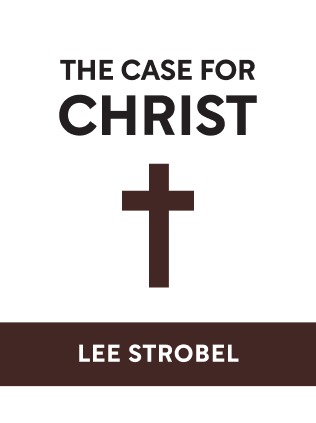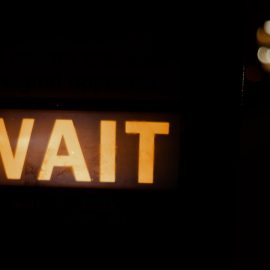

This article is an excerpt from the Shortform summary of "The Case for Christ" by Lee Strobel. Shortform has the world's best summaries of books you should be reading.
Like this article? Sign up for a free trial here .
Were there resurrection witnesses during the resurrection of Jesus Christ? Do the resurrection witnesses help prove that the resurrection really happened?
In the Bible, there were several important resurrection witnesses. In The Case for Christ, Lee Strobel claims that these resurrection witnesses strengthen the claim of the resurrection.
Keep reading to find out why the resurrection witnesses contribute to the idea that the resurrection happened.
The Resurrection Witnesses
As noted, the witnesses to Jesus’s empty tomb were a group of women sympathetic to him—isn’t it possible they fabricated their account?
What this objection fails to take into consideration is the position of women in first-century Jewish society. At the time, women were very much second-class citizens; in fact, they weren’t even allowed to testify in Jewish courts of law! If the gospel authors wanted to fabricate witnesses to the empty tomb, it’s likely they would have had one of Jesus’s male disciples (Peter or John, perhaps) go to the tomb on Easter Sunday. That all four gospels portray women bearing witness to Christ’s resurrection is a testament to the account’s veracity.
But why were the women there in the first place? If they knew the tomb was sealed, why would they go to anoint a body they knew they wouldn’t be able to access? Were they really witnesses of Jesus after resurrection?
Simply put, they loved Jesus deeply and were in deep mourning. They likely visited his tomb in the desperate hope that, somehow, they would be able to anoint his body.
The Positive Evidence
In addition to the rebuttals outlined above, there is a wealth of affirmative evidence that the tomb was empty.
- The empty tomb is implicit in the preaching of Paul in 1 Corinthians 15, one of the earliest sources of Jesus’s life.
- Both Christians and Jews of the first century knew where Jesus’s tomb was. If that (historical, really existing) tomb hadn’t been empty, no religious movement would’ve sprung up around Jesus’s Resurrection (because skeptics could just go to the tomb and see that he was still buried there).
- Mark likely derived his empty tomb story from an earlier source, one possibly written before 37 AD. It’s improbable that an account written so soon after Jesus’s death would have been embellished by legend.
- Mark’s account is relatively “dry” in comparison to the floral and fantastic accounts of the tomb written in the second century. The simplicity of Mark’s telling implies its credibility.
- The fact that the empty tomb was discovered by women, a fact testified to by all the gospels, suggests the account’s authenticity. (If the gospel authors wanted to fabricate a story about Jesus’s empty tomb, they would have used male witnesses.)
- The earliest Jewish arguments against the truth of the Resurrection presume the fact of the empty tomb. In the first century, Jews and Christians alike accepted that the tomb was empty.
Alternative Possibilities
The women are witnesses of Jesus after resurrection. But could the women witnesses have gone to the wrong tomb?
This theory, proposed by Kirsopp Lake in 1907, is absurd on its face. As noted in #2 just above, both Jews and Christians of the time knew exactly where Jesus was buried. If the women witnesses had gone to the wrong tomb, they would have been quickly corrected by the Jewish authorities (who had an interest in showing Jesus’s Resurrection to be a concoction).
Could the disciples have removed the body?
Even if the disciples were able to get by the guards and steal Jesus’s body, this theory doesn’t make sense given the disciples’ own faith—for which, eventually, they were put to death. Why would they die for a hoax they’d perpetrated themselves?
Could the empty tomb be the product of later legend?
The textual scholarship on the gospels, Mark’s especially (see Chapter 1), has shown the gospels were written quite close in time to the events in question. Simply put, if the gospels contained fabrications or exaggerations, they would have been corrected by the eyewitnesses and near-eyewitnesses still living.
Isn’t any alternative account more plausible than a dead person coming back to life?
Yes, but only if one is thinking exclusively naturally or materially. If one believes in the existence of a supernatural God, however, the Resurrection is, in fact, comparatively simple.
Depending on what story you believe to be accurate, the resurrection witnesses may significantly impact how you view the historical accuracy of the resurrection.

———End of Preview———
Like what you just read? Read the rest of the world's best summary of Lee Strobel's "The Case for Christ" at Shortform .
Here's what you'll find in our full The Case for Christ summary :
- How an atheist lawyer-journalist researched Christ and began believing
- The key arguments against the existence of Christ, and why they don't hold up
- How to make up your own mind about whether Christ existed






